13 ways to create a dog friendly garden
Want to make a dog friendly garden that both you and your furry friend can enjoy? Read on to find out how!
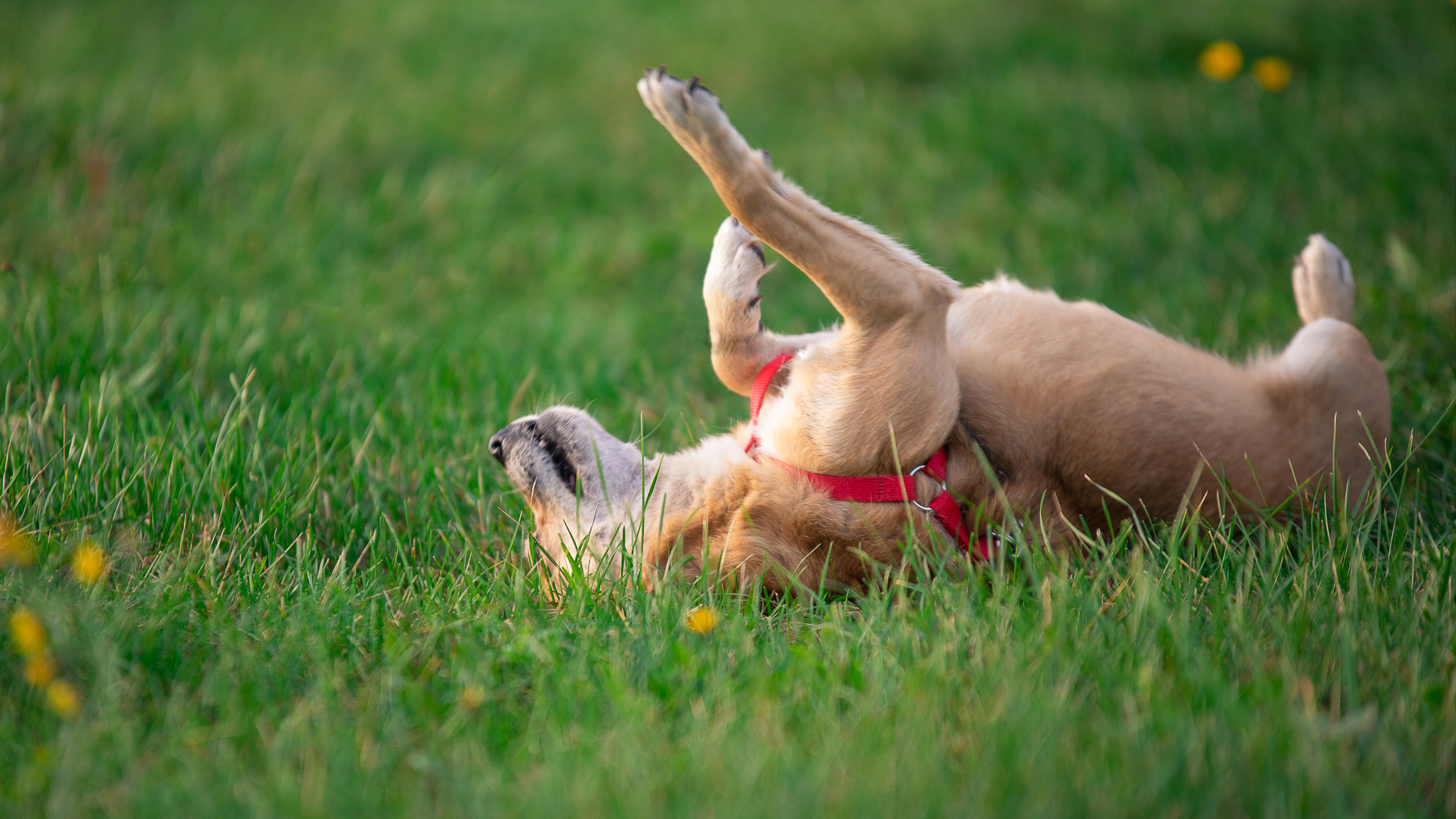
Creating a dog friendly garden is a wonderful way to provide a safe and enriching outside space that you can enjoy alongside your canine companion. No matter what size backyard you have, there are so many ways you can turn it into a dog friendly garden.
Whether you have a small backyard, a large garden, or a patio to work with, you no doubt want to be able to enjoy the outdoors alongside your dog. Spending time together outside can bring so many benefits for both ends of the leash. To start with, it allows you to get more natural daylight to keep your mood in check and your dog to have a wonderful sniffing experience.
The first key consideration when it comes to planning a dog friendly garden is that it’s safe. That means ensuring that the plants you use don’t fall into a list of plants that are toxic to dogs. While you may want plants that look attractive, they may not be the best ones for your dog’s wellbeing, so make sure you do your research before you get planting. There are also plenty of hidden dangers for dogs around the home that all owners should know about, which include lawn feed, pesticides, and fertilizers, so it's worth familiarizing yourself with those.
By creating a dog friendly garden, you'll provide your canine with a space where they can explore, play, and relax, all while enjoying the fresh air and natural beauty of the outdoors. Let’s help you to plan out your outside area with our top 13 ways to make your garden more dog friendly.

Caroline Wilkinson is a Certified Animal Behaviourist. She is a Full (assessed) Member of the APDT and INTODogs – as well as a Registered Training Instructor (ABTC). Caroline is also a Certified Real Dog Yoga Practitioner and an Applied Canine Zoopharmacognosist.
1. Keep your dog safe with a secure boundary
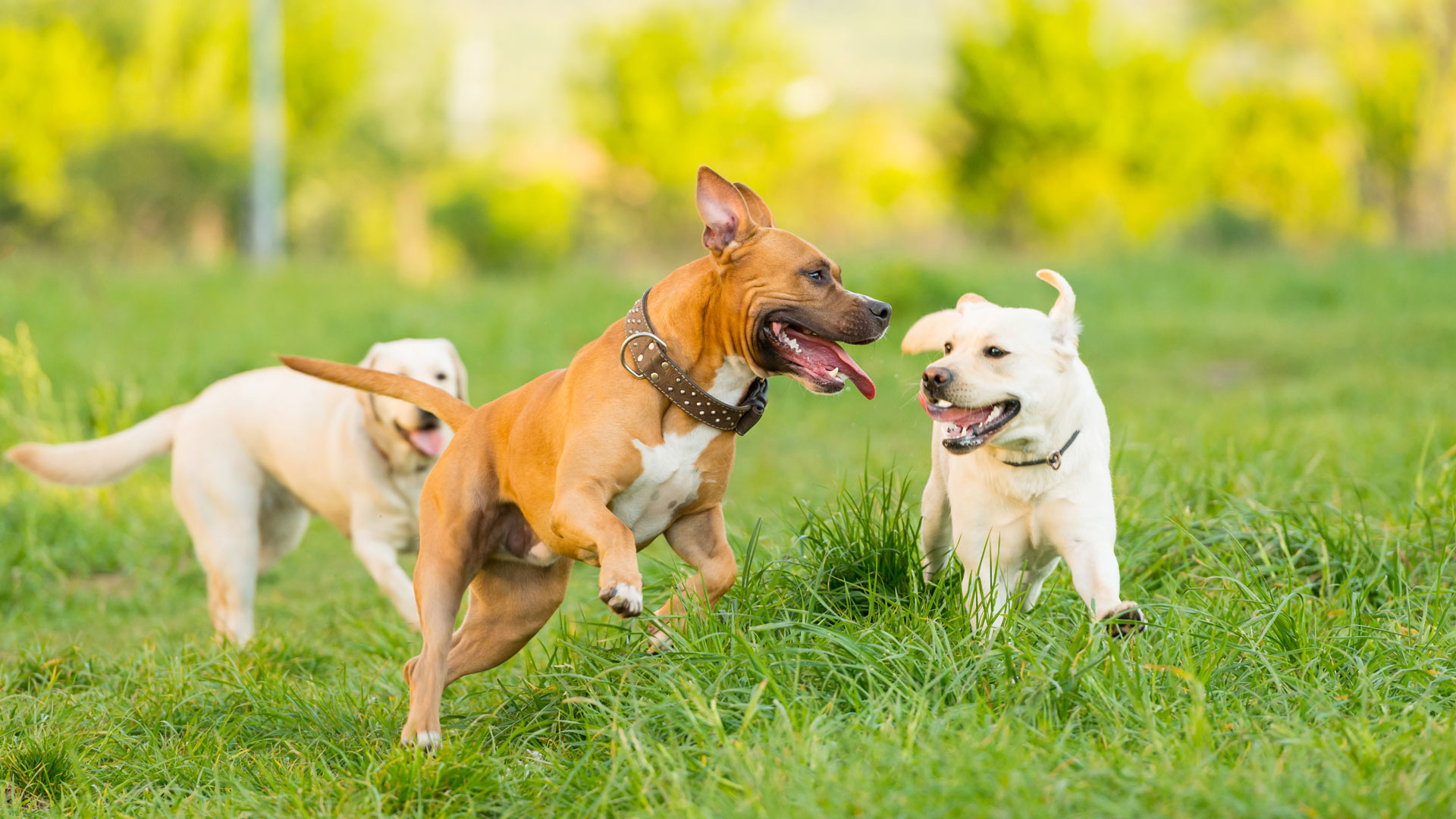
You want to be able to relax outside in your dog friendly garden, so start with making sure your dog cannot escape. Fencing the garden will help prevent your dog from wandering off and ensure they stay secure within the boundaries. Choose a sturdy, dog-proof fence that is tall enough to deter jumping and digging.
2. Choose plants wisely
Not all plants are safe for dogs (cats, other small animals, or children) to be around. Avoid using plants such as Lilies, Azaleas, and Daffodils, which can be toxic when ingested. Add color to your garden with Sunflowers, Roses, or Lavender. These plants not only bring beauty for you to enjoy but also provide a pleasant aroma.
3. Create a ‘potty’ zone

If you prefer your lawn to stay looking nice, but you want your dog to be able to enjoy the freedom of your garden, choose a specific area that you’d like them to use as their toileting zone. Take your dog on leash out to this section of the garden and use a cue such as ‘go potty’. When your dog pees there, praise them and give them one of your best dog treats as a reward. Once off-leash, if they toilet in a less desirable area simply don’t give them a reward for it. Over time they’ll realize where it's most valuable to ‘go potty’.
Get the best advice, tips and top tech for your beloved Pets
4. Let your lawn grow
Allowing a small part of your lawn to grow longer - avoiding mowing - will not only benefit the insect population but your dog will love it too. Longer grass can provide your dog with the best kind of snuffle mat - one provided by nature! Sprinkle some of their favorite food into this part of the lawn and let them use their noses.
5. Add some shade
For the warmer days, it’s useful to create a shaded area for your dog to be able to still enjoy outside time without overheating. We want to avoid dog heatstroke while still allowing your dog to get the benefits of being outdoors. Plant large trees to create shade or install a shade sail or a doghouse to protect your dog from the hottest weather. Avoid artificial lawns, which can get much hotter than natural grass during the summer.
6. Let your dog dig!
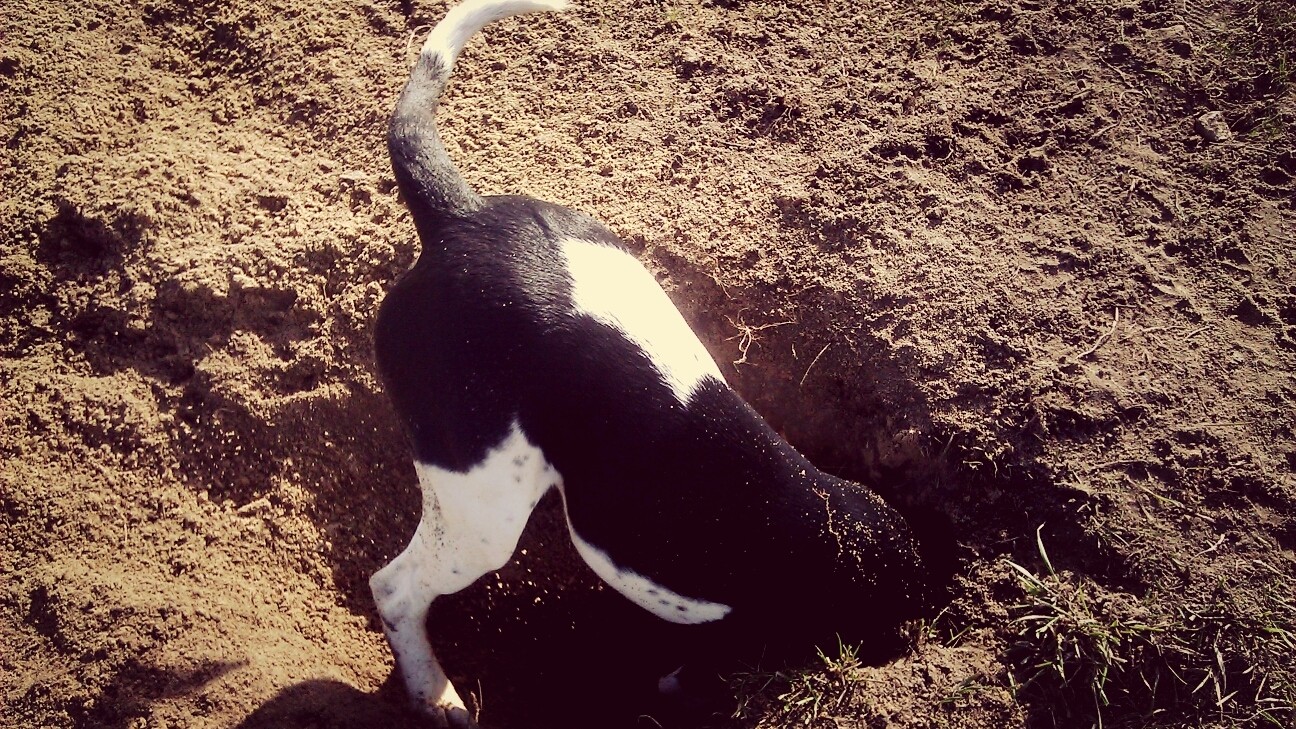
Dogs who love to dig can be a bit of a challenge when it comes to keeping your garden looking nice. Solve this by creating their own special digging area. This will focus their paws on a specific area of your garden, leaving your lawn or favorite plants intact. Once you’ve chosen the right spot for your dog to dig, start off by hiding treats or toys just peeking out of the ground - make it easy for your dog to find them.
Each time they go to the backyard, ensure there’s something new for them to find in that space. Overtime start to bury the items further down, so they have to dig to find them. Eventually you can just hide some ‘treasure’ only every now and then for them, rather than having to top up the digging zone every day.
7. Keep visitors safe
Regardless of how friendly you think your dog is, strangers coming onto your property can be deemed a threat. Your dog might find the uniform of the mailman scary or they might find children difficult to understand - and if one leans over your fence to ask for their ball back, this could leave them feeling threatened. Boundaries not only work to keep your dog safe but should also keep visitors safe too. Ensure gates are locked so no one can just walk onto your property and have signs alerting to any space your dog might require. Even if your visitor perceives a ‘threat’ from your dog that could be grounds enough for them to report their behavior.
8. Encourage playtime!

Create doggy obstacle courses or agility equipment so that you and your dog can have a whole heap of fun playing together in the backyard. You can either buy specific dog agility equipment or get creative with homemade solutions or even the way you plant out your garden. Just make sure that your dog cannot injure himself or herself if they leap over the wrong thing!
9. Add herbs
In the natural world we see many species self-medicating by eating or rubbing against plants that will help them with anything from an upset stomach to a flea infestation. By planting herbs such as mint, basil, lemon balm, and parsley you can create your dog’s own medicine garden. It’s fascinating to watch what your dog might choose to interact with at different times of the year and allow them to heal themselves through nature.
10. Water features
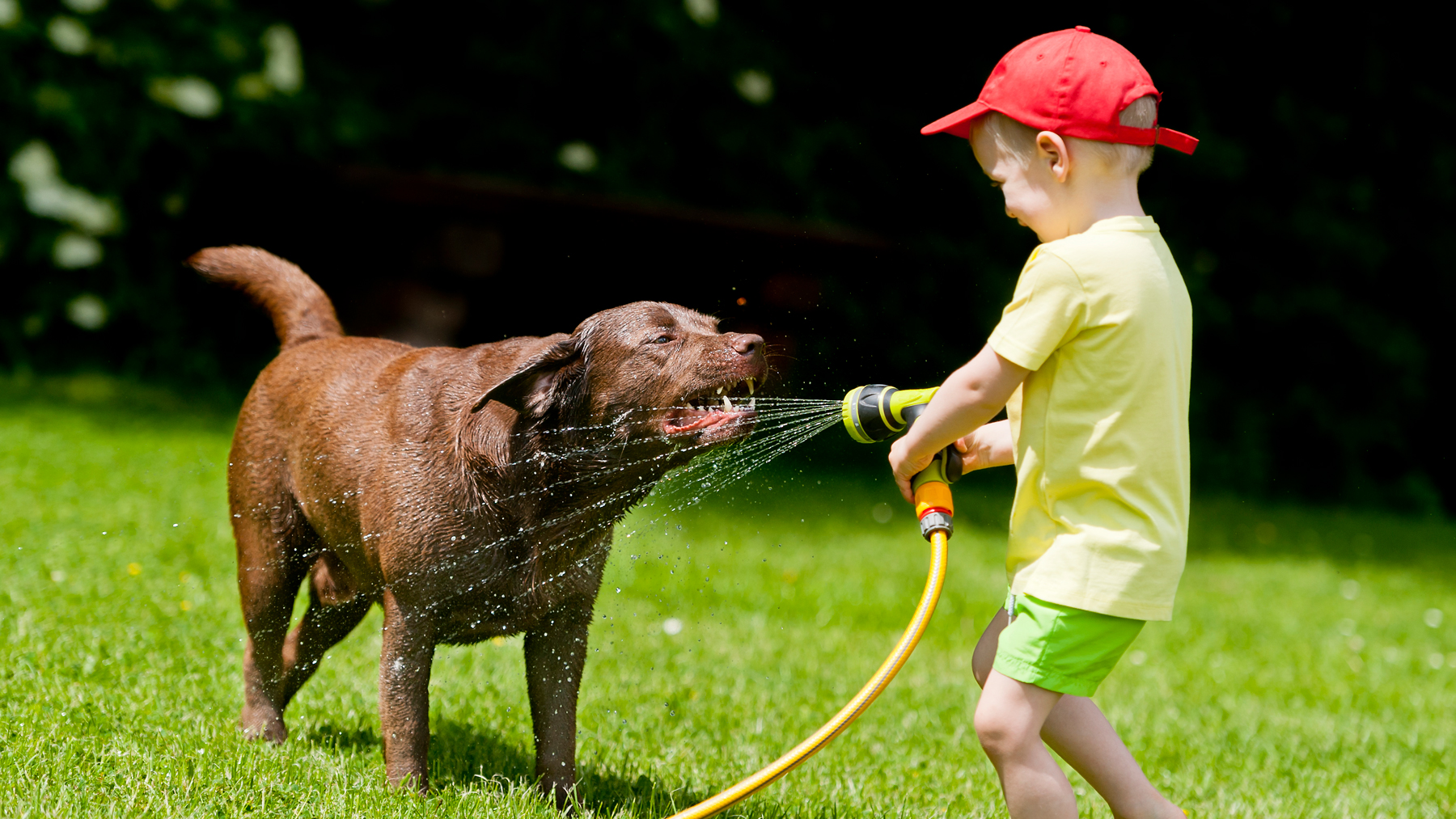
Many dogs enjoy being in or around water! Adding a water feature to your garden can also be very calming for the human members of the household. Create a shallow, easily accessible water feature like a small pond, a shallow pool, or a fountain. Ensure that the water is clean and free of harmful chemicals, and provide an easy exit point to prevent accidents. If your dog isn’t confident around water, then make sure you keep a watchful eye as they get used to moving around in it.
11. Keep harmful chemicals away
Prioritize the safety of your dog by eliminating potential hazards. Remove toxic chemicals, such as pesticides or fertilizers, from the garden and opt for pet-friendly alternatives. You can even make your own pet-friendly weed killer from white vinegar. Ensure to also keep any sharp tools and equipment securely stored to prevent accidents.
12. Add in a look-out point
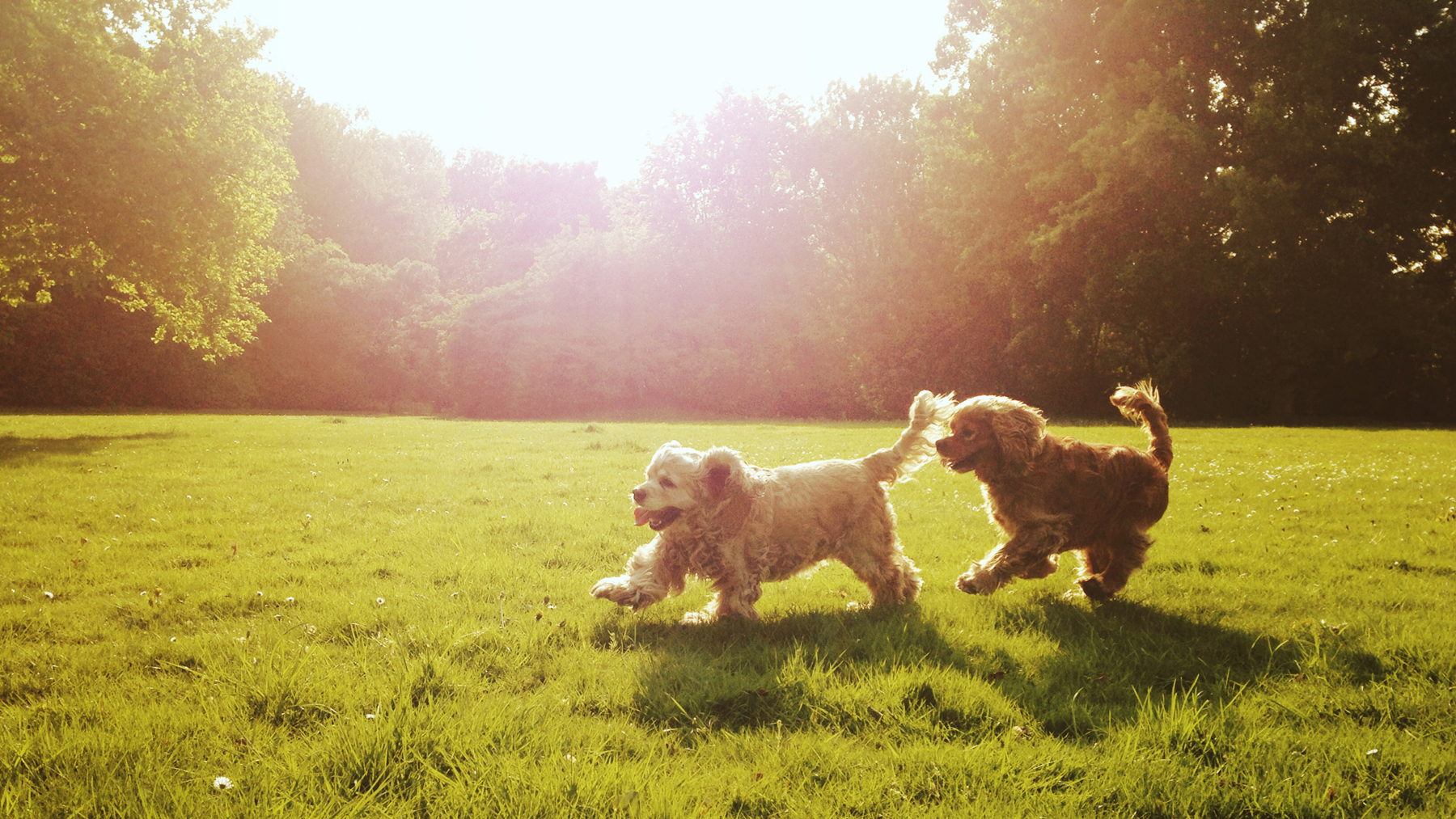
Some dogs love to climb and observe the world from different heights. Layer up your space with steps and decking - or use tree stumps to create a safe space that your dog can easily hop up onto. You may need to get down to your dog’s level to see what they’ll be able to see from each viewpoint - just to make sure it’s not giving them a direct view of an external distraction, such as your neighbor's chickens!
13. Get Creative with Your Space!
You don’t need a large space to make small changes to improve your outside dog friendly environment. If you only have a patio or balcony to work with, pot up some herbs and make sure they’re placed at your dog’s level instead of in higher window boxes. Add in a natural grass pee box, which is much nicer both for your dog and your nose than an artificial pee pad. Finish off the space with a nice bed for your dog to relax in and a snuffle mat for them to use their nose.
You might also want to read: How to stop a dog digging.

Caroline Wilkinson is a Certified Animal Behaviorist. She is a Full (assessed) Member of the Association of Professional Dog Trainersand INTODogs – as well as a Registered Training Instructor (ABTC). Caroline is also a Certified Real Dog Yoga Practitioner and an Applied Canine Zoopharmacognosist.
As the founder of digital pet coaching service Barket Place, Caroline has a passion for improving connections between human and hound, with a focus on relationships and reduction of stress for canines living in a human world. She helps pet parents, like you, to work through challenges they may be experiencing with their dog's behavior, so that they can get back to the important job of loving their dog.
Caroline writes for Edition Dog Magazine, as well as a number of trusted pet brands. She also speaks around the country – presenting workshops and webinars with a focus on living more mindfully alongside our canine companions. She is also the co-host of chart-topping podcast, ‘Supporting Both Ends of the Lead’ and has spoken about dangerous dogs on BBC Points West and BBC Radio Bristol.
